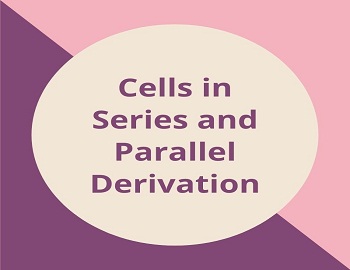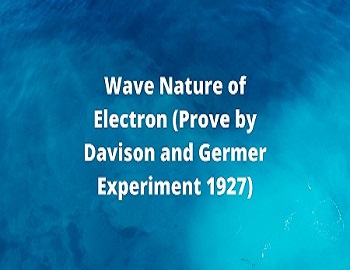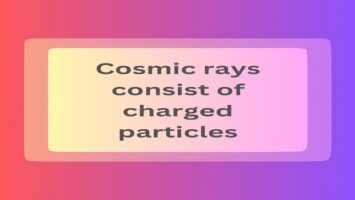Laws of Boiling:
When the change of a substance from the liquid state to the vapor state takes place rapidly from the bulk of the liquid at a definite temperature, the process is called boiling. The following facts concerning boiling have been found by experiments:
(1) A liquid under constant pressure boils at a definite temperature known as boiling point. The boiling point under one atmospheric pressure is called the normal boiling point. The temperature of the boiling liquid undergoes no change, although the liquid may be absorbing heat continuously.
(2) Definite amount of heat per unit mass, known as the heat of vaporization, is required to change the substance from the liquid to the vapor state. When water is heated, it continues to absorb heat till it attains a temperature of 100°C. If the water at 100°C is further heated, it continues to absorb heat but the temperature does not rise. It has been found that about 540 kcal of heat is required to convert 1kg of water at 100°C to vapor at 100°C. This amount of heat is called the heat of vaporization of water.
(3) The volume of the substance increases during the process of boiling. The volume of 1kg of water at 100°C is about 1 litre but the volume of 1kg of steam at a pressure of 1 atmosphere is 1671 litres.
(4) The boiling point of a liquid rises with the increase in the superincumbent pressure. The boiling point of liquid increases or decreases as the superincumbent pressure on the liquid increases or decreases. By lowering the pressure, water can be boiled even at room temperature as shown below. In pressure cookers water is boiled at 120°C or more under pressure much higher than the atmospheric pressure.

(5) The presence of impurities raises the boiling point. The boiling point of a solution is therefore always higher than that of the pure solvent.









Comments (No)